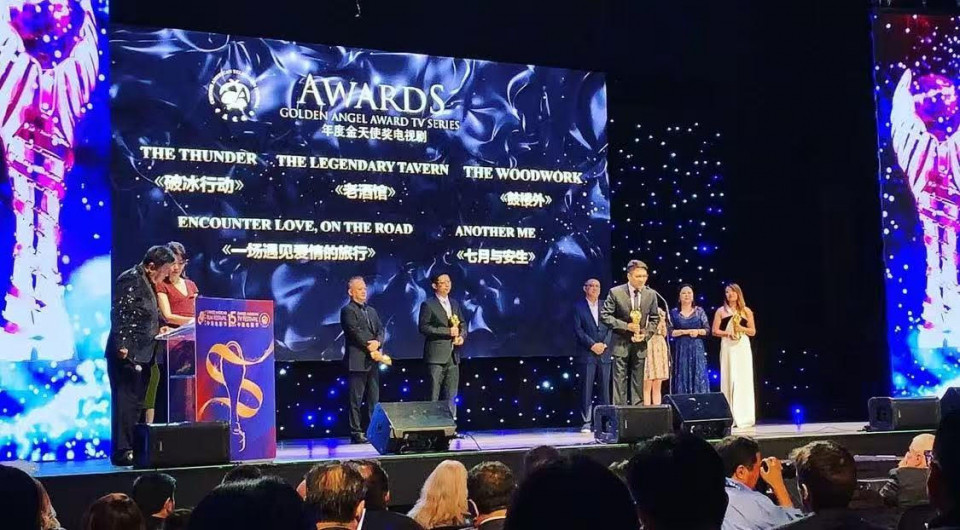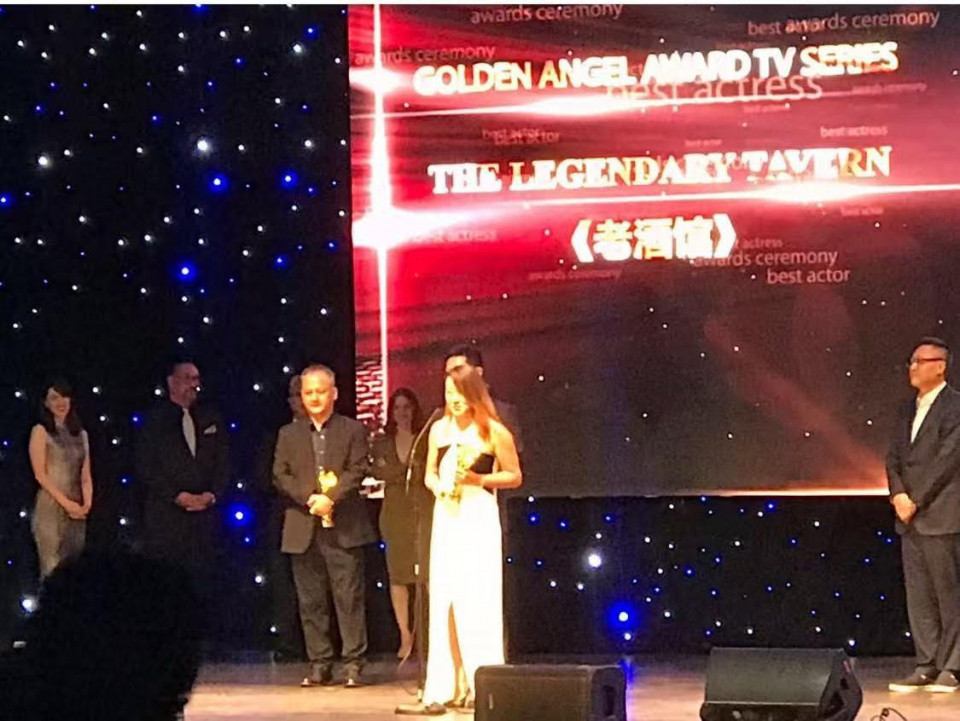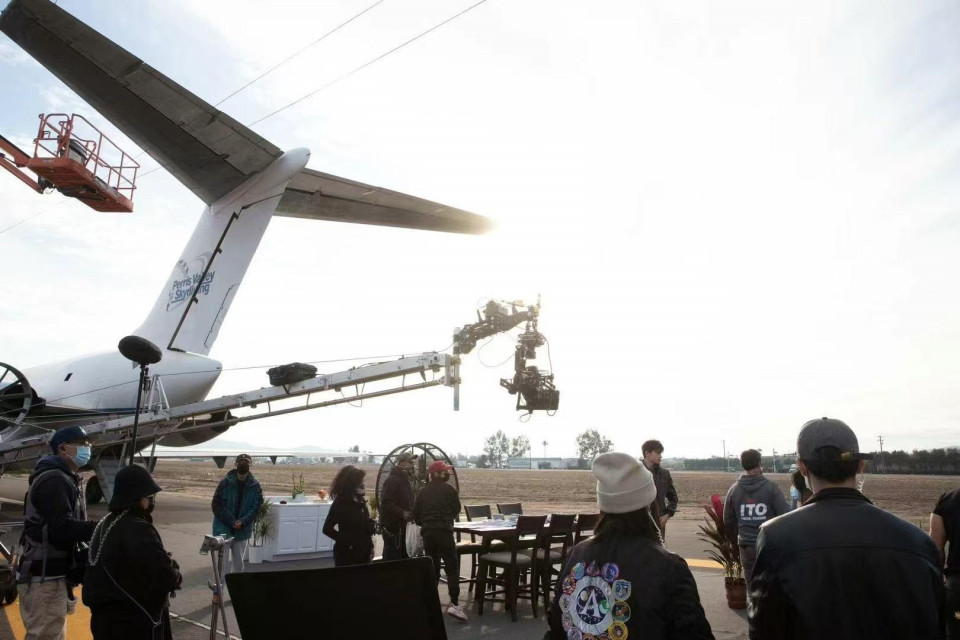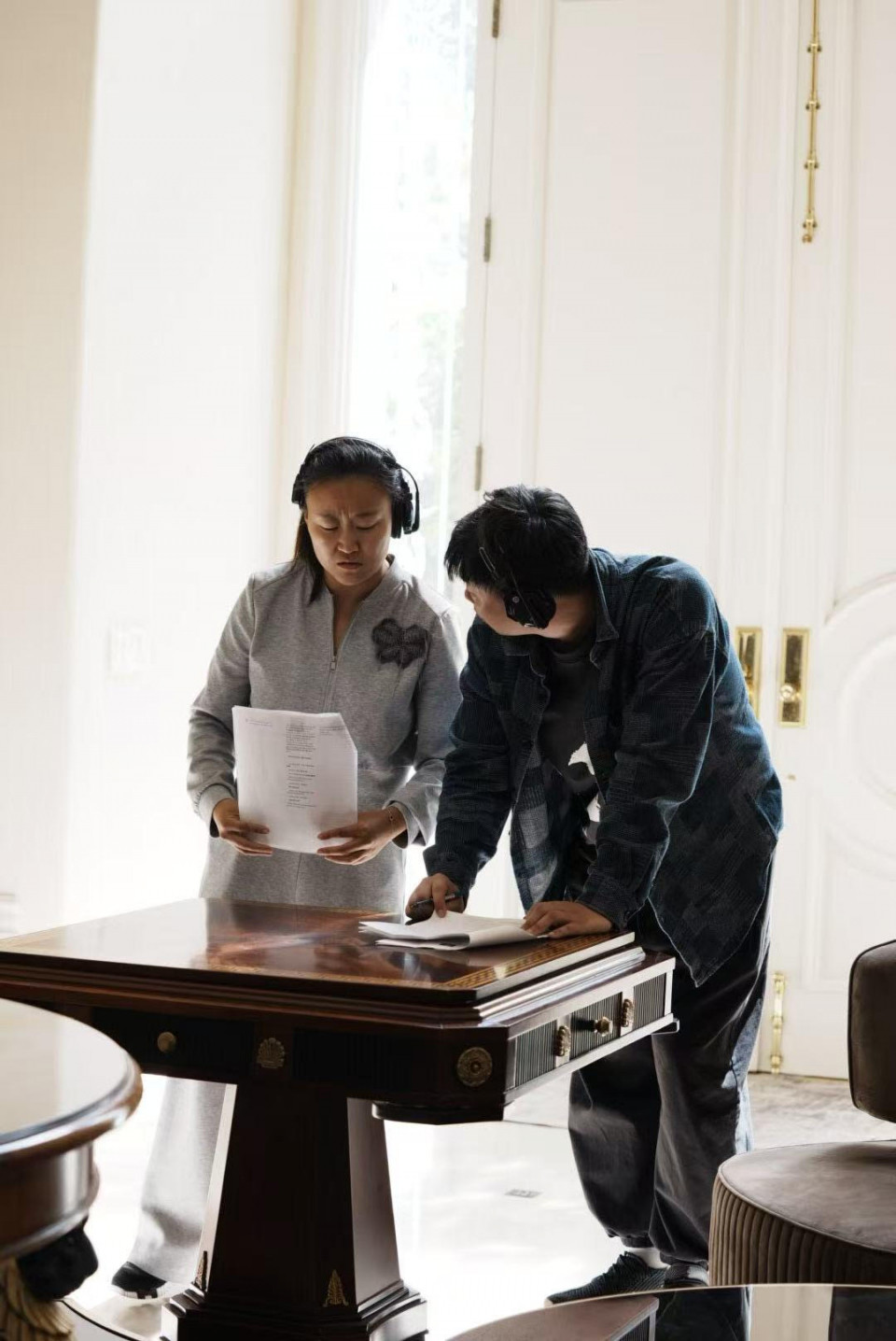Q&A with NYFA Alum Mimi Masters, founder of vertical series platform FILM SNAP
Mimi Masters is an award‑recognized filmmaker—shortlisted for an Oscar and featured at Cannes’ Short Film Corner—who’s collaborated with major talents like Bruno Mars and Lionel Messi. Her documentary work includes a rare after-hours shoot inside New York’s Metropolitan Museum of Art for the U.S. National Tourism Board. She also contributed to China’s 2023 Winter Olympics coverage and directed U.S. segments for collegiate athletic events. As founder of FILM SNAP, she has released ten vertical-series to date, with more in post‑production, driven by her belief that short-form storytelling is the future of mobile-first entertainment. And she’s even launched a scholarship supporting NYFA students through this platform. Read more about her career in the Q&A below.
NYFA Alumni Network: What made you desire to study at NYFA?
Mimi Masters (M.M): I’m originally from Inner Mongolia. Since high school, I’ve had a strong passion for filmmaking. During an exchange program in the U.S. in 2012, I came across the NYFA building. I went inside, and a teacher welcomed me and shared in detail about the programs. At that moment, I knew NYFA was where my journey should begin. I applied as soon as I returned home.
NYFA Alumni Network: What did you learn at NYFA that you applied directly to your work?
M.M: Every skill I learned at NYFA has been applied in my professional work. The school was more than just a starting point—it laid the foundation for my entire career. The hands-on, practical nature of NYFA's education made it easy to translate learning directly into real-world applications.
NYFA Alumni Network: What are some of the most prolific career highlights you would like people to know about your work and/or career?
M.M: I've had the honor of being shortlisted for the Oscars, and one of my short films was screened at the Short Film Corner of the Cannes Film Festival. I collaborated with the U.S. National Tourism Board on a documentary, which included a rare opportunity to film inside the Metropolitan Museum of Art after hours. I've also worked with artists such as Bruno Mars and sports figures like Lionel Messi. In addition, I’ve contributed to China’s 2023 Winter Olympics coverage and directed the U.S. segment for several collegiate athletic events.

NYFA Alumni Network: What has been your biggest professional challenge to date?
M.M: The biggest challenge I’ve faced is the impact of geopolitical tensions between China and the U.S. Many collaborative projects between the two countries have been delayed or canceled due to political complications.

NYFA Alumni Network: Do you have any upcoming projects you're willing to share?
M.M: Vertical short-form series are becoming a new trend, and I’m excited to be part of it. We’ve created a platform called FILM SNAP, designed to showcase microfilms. Many student projects are short films that, outside of film festivals, lack platforms for broader distribution. I want FILM SNAP to be a stage where every aspiring filmmaker has the chance to shine.
 Mimi with Academy Award–winning filmmaker Andrzej Bartkowiak NYFA Alumni Network: You’ve built a reputation for creating compelling vertical series/microfilms. For those unfamiliar, can you explain what defines a vertical series in today’s media landscape?
Mimi with Academy Award–winning filmmaker Andrzej Bartkowiak NYFA Alumni Network: You’ve built a reputation for creating compelling vertical series/microfilms. For those unfamiliar, can you explain what defines a vertical series in today’s media landscape?
M.M: Vertical short dramas—also known as vertical series, mini-series, or microdramas—are a fast-growing form of digital storytelling designed primarily for mobile viewing. Shot and edited in a 9:16 aspect ratio, these stories are tailored for platforms like TikTok, Instagram Reels, YouTube Shorts, and emerging apps such as ReelShort, DramaBox, and Kuaikan (in China).
Unlike traditional horizontal formats, vertical dramas typically feature short episodes (1–3 minutes), fast-paced storytelling, and visually striking compositions optimized for handheld screens. These series often center on highly engaging themes such as romance, suspense, comedy, or fantasy, making them ideal for binge-watching.
In recent years, platforms like ReelShort (based in the U.S.) and DramaBox have gained significant popularity, especially among Gen Z and mobile-first audiences. For example, ReelShort’s original titles such as Perfect Husband and The Double Life of My Billionaire Boss have garnered hundreds of millions of views globally and helped shape a new entertainment economy around short-form serialized storytelling.
Vertical short dramas are not just a new format—they represent a cultural shift in how audiences consume stories. With lower production thresholds but massive viral potential, they are becoming a powerful tool for content creators, studios, and brands seeking to reach younger, mobile-native viewers.

NYFA Alumni Network: How many vertical series have you created and can you tell us more about your platform FILM SNAP?
M.M: So far, I’ve been involved in the creation of at least 10 vertical series that have already been released, with several others currently in post-production. FILM SNAP is a dedicated platform for short-form storytelling, and it was born out of my belief that microfilms deserve their own space in the entertainment landscape.
While traditional cinema still holds value, I recognize that fewer people are going to theaters early on, and the widespread use of smartphones has completely reshaped how we consume content. With people turning to their phones during fragmented moments of the day, I believe short videos, microfilms, and vertical mini-series are becoming a powerful new form of visual expression—and a meaningful storytelling format for the digital age.

NYFA Alumni Network: How do you approach storytelling differently when creating vertical series or microfilms compared to traditional horizontal formats?
M.M: Storytelling in vertical format requires a fundamental shift in perspective—not just visually, but narratively as well.
First, the vertical frame naturally brings the audience closer to the characters. It emphasizes faces, emotions, and intimate interactions, which means performances and visual framing need to feel more immediate and personal. I tend to focus on strong central characters, tight dialogue, and close-up storytelling that connects quickly with viewers on a small screen.
Second, pacing becomes much more crucial. With limited attention spans and shorter episodes—often just 1–3 minutes per chapter—we have to hook the viewer within the first few seconds. That means stories need to start fast, build tension quickly, and end each episode on a compelling cliffhanger to keep audiences coming back.
Lastly, I see vertical storytelling not as a compromise but as its own artistic format. The constraints actually force creativity—how to use depth, foreground/background, and transitions vertically rather than horizontally. It’s about embracing a new visual language that matches how people scroll, swipe, and connect in today’s mobile-first world.

NYFA Alumni Network: Are you currently working on something?
M.M: Recently, I’ve been producing several film projects, most of which are currently being screened in China. One of the upcoming projects is based on a work by Liu Cixin, a renowned Chinese sci-fi author. As we’re still in early negotiations and under an NDA, I can’t share more details just yet.
NYFA Alumni Network congratulates Mimi on all her success!

Comments0
Please log in to see or add a comment
Suggested Articles

